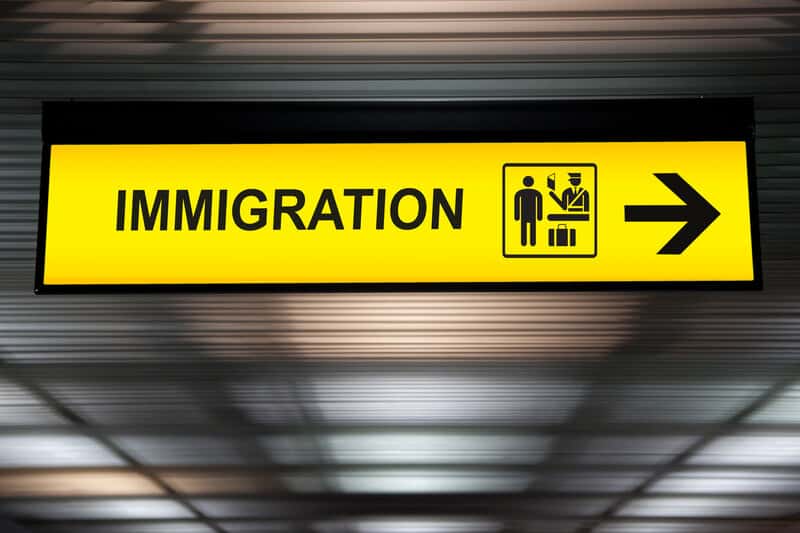Theresa May’s manifesto commitments to science spending might fall victim to her weakened position – or it could be her legacy, says Director Dr Sarah Main, writing in Research Fortnight.In the 2015 general election campaign, it was considered radical to push to increase research spending in line with inflation. Bruised by years of flat cash and cuts to capital budgets, many were grateful that the science budget had at least stood still. So for research, the outstanding feature of the 2017 campaign has to be the widespread commitment to eye-watering increases in R&D spending.
Double or quits?
10 Jul 2017
The Conservatives, the Labour Party and the Liberal Democrats all made bold manifesto commitments: Labour to spending 3 per cent of GDP on R&D by 2030; the Lib Dems to a “doubling in the long term”; and the Conservatives to 2.4 per cent of GDP by 2027, with a long-term aim to reach 3 per cent. To put this in context, national R&D expenditure was 1.68 per cent of GDP in 2015.
Assuming that the funding mix remains one-third public to two-thirds businesses and charities, the Conservative commitment is equivalent to doubling the science budget. It would add £4 billion to the annual public spend on R&D, on top of the £2bn extra per year by 2020-21 announced in last year’s autumn statement. This dwarfs the €1.5bn a year the UK receives from the European Union for R&D.
A manifesto commitment is significant, but the Conservatives’ weakened position has already seen flagship commitments swept aside. It would be easy for research to go the way of foxhunting and grammar schools. So, how likely is it that it will be delivered? And what should researchers expect to do in return?
The political logic for an uplift in research funding is strong. Economists are clear that the drivers of productivity are human capital and R&D. The Treasury looks set to back both, through the National Productivity Investment Fund, the channel for the recent boost.
With the government focused on making the country work for everyone, and business secretary Greg Clark’s keen interest in cities, we are likely to see public research investment put to work through the industrial strategy, in an effort to change the fortunes of left-behind places and people.
To read the rest of the article go to Research Fortnight.
Related resources

CaSE’s comprehensive analysis of the measures that impact R&D announced in the 2025 Spending Review

A week on from the publication, Policy Manager Camilla d’Angelo takes a look at some of the questions that remain to be resolved and what to expect next for the Immigration White Paper.

CaSE’s response to the House of Lords Science, Innovation and Technology Select Committee inquiry into: Financing and Scaling UK Science and Technology: Innovation, Investment, Industry.

DSIT published plans to provide long-term public funding for certain R&D activities. Policy Officer Edmund Derby looks at what has been proposed.